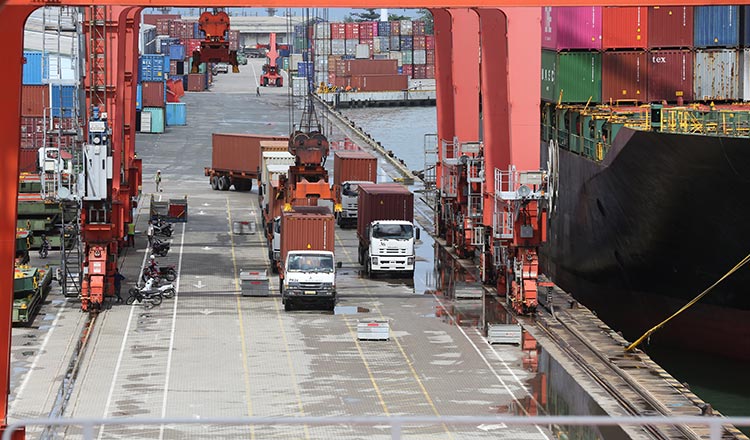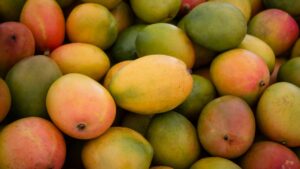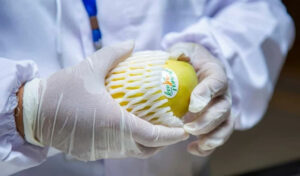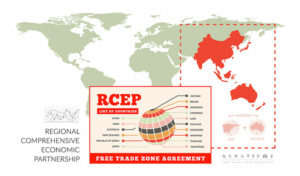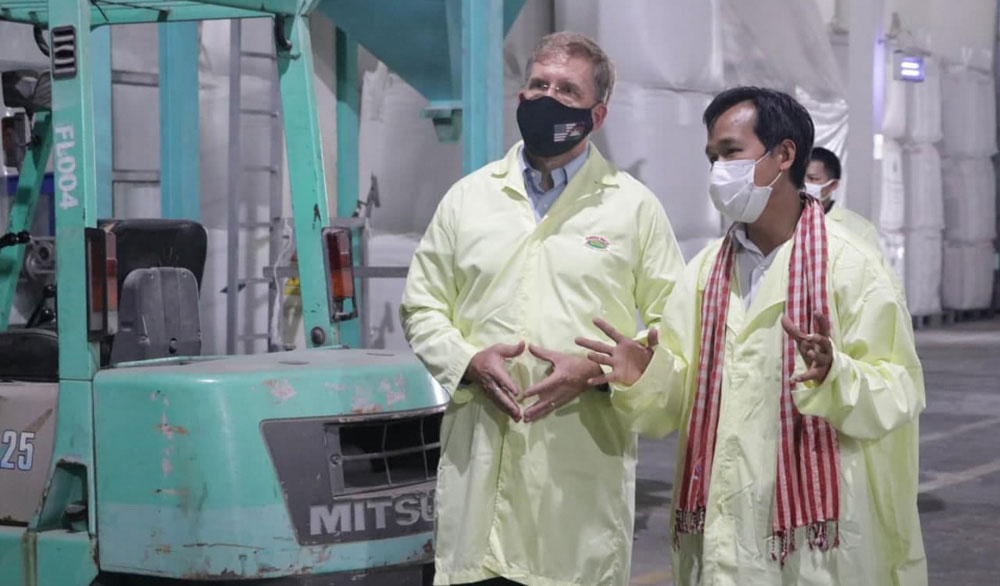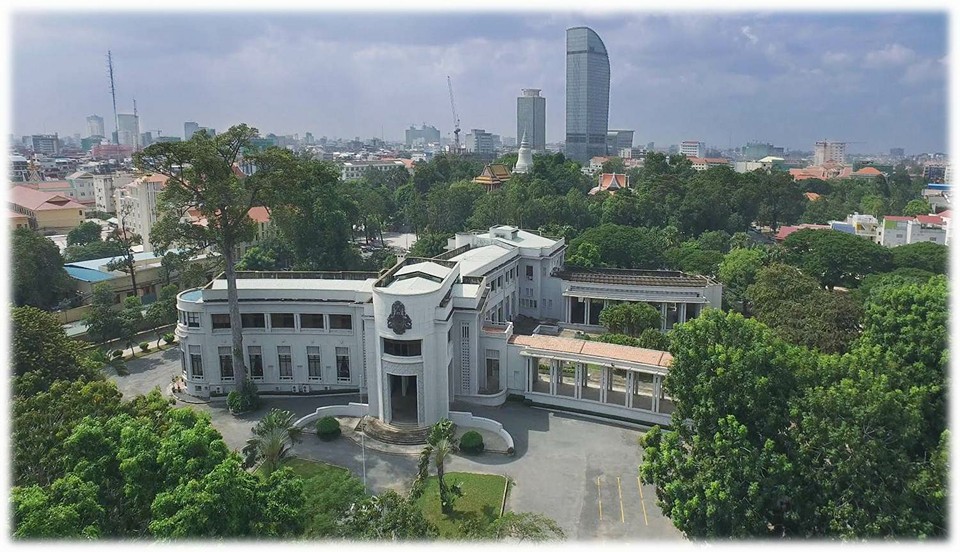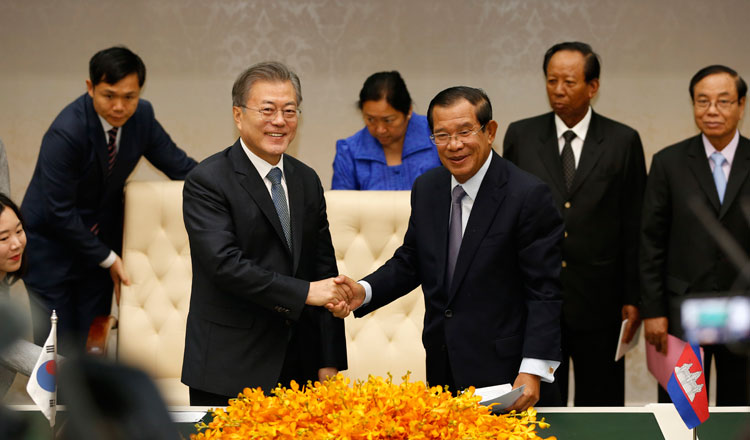Kingdom set to make significant RCEP gains in income, export
Pact between 15 countries in East Asia Pacific Region can boost Cambodia exports by 6.5 percent, says World Bank study
Cambodia ranked third among the countries that can benefit the most in real income terms from the Regional Comprehensive Economic Partnership (RCEP) between 15 countries in the East Asia Pacific region, according to a research paper by the World Bank.
Reductions in tariffs, non-tariff measures, and trade costs are required to achieve the maximum gains, the report, titled “Estimating the Economic and Distributional Impacts of the Regional Comprehensive Economic Partnership” pointed out.
Two countries that stand to gain more than Cambodia are Laos and Thailand. Vietnam and Malaysia are other countries that are set to benefit from the pact – a preferential trade agreement signed in November 2020 and came into force in January 2022.
The paper aimed “to assess the impact of the agreement on the participating economies, focusing on the impact on growth and trade flows, and the potential reduction of poverty and inequality.”
The study said the exports and imports are expected to increase for all RCEP member countries. Under the full scenario, Cambodian exports are set to surge by 6.5 percent. Vietnam is expected to register a 11.4 percent export growth, while Japan is scheduled to report an increase in exports of 8.9 percent.
In terms of total exports, the sectors that expand the most for Cambodia are wood and paper products (34.8 percent), chemical, rubber, and plastics (25.3 percent), and electrical equipment, and machinery (24.2 percent).
The tariff reduction is expected to benefit chemical and plastics (2 percentage point reduction, between 2035 and 2020). Meanwhile, the wood and paper sector is scheduled to gain due to non-tariff measure reduction (14.8 percentage points decrease between 2035 and 2020).
According to the country and productivity kick scenario of the study, the top expanding sectors in Cambodia are chemicals, rubber and plastics (14.3 percent), wood and paper products (13.8 percent), and textiles (6 percent). The calculations are based on the ENVISAGE model, the World Bank paper pointed out.
The RCEP was signed by Australia, Brunei, Cambodia, China, Indonesia, Japan, Laos, Malaysia, Myanmar, New Zealand, the Philippines, Singapore, South Korea, Thailand, and Vietnam. Ten countries are already part of the Association of Southeast Asian Nations (Asean), while seven nations are part of the Comprehensive and Progressive Agreement for Trans-Pacific Partnership (CPTPP).
“The trade agreement is expected to significantly impact trade and GDP in the region. The countries that comprise RCEP account for almost one-third of world GDP and world population, and one-quarter of world exports and imports.” the policy research working paper, authored by Carmen Estrades, Maryla Maliszewska, Israel Osorio-Rodarte and Maria Seara e Pereira, noted.
The study also pointed out that countries such as Cambodia, Brunei, Malaysia, Myanmar, New Zealand, Singapore, and Thailand have just one tariff schedule for all other members, while others have variations by partners.
The study predicted a substantial increase in agricultural and manufacturing exports from RCEP countries. Among them, meat products, food and beverages, textiles, chemicals, and wearing apparel are the sectors registering the fastest growth rates of exports. “This is linked to both the reduction of tariffs, which takes place mainly in meat products, motor vehicles, food and beverages, wearing apparel, crops, nonmetallic minerals and textiles, and reductions of non-tariff measures,” it observed. Exports of some services are also set to benefit. They are tourist services, trade, and public administration increase exports, linked to the fall in non-tariff measures. The paper noted that the imports of all commodities show a big boost, largely explained by the fall in non-tariff measures.
“In value terms, the sectors that expand the most are mainly manufacturing products: Trade in Electrical equipment and machinery; Chemicals, rubber and plastics; Motor vehicles and parts; Metals; and wearing apparel expands significantly among RCEP member countries. Trade creation in the region largely exceeds trade diversion away from the rest of the world, which takes place in the manufacturing sectors,” the paper narrated.
The RCEP member country region is formed by six high-income countries, four upper-middle-income countries and five lower-middle-income countries. According to the paper’s estimates, many of these countries are expected to graduate to a higher income status by 2035. Khmer Times

